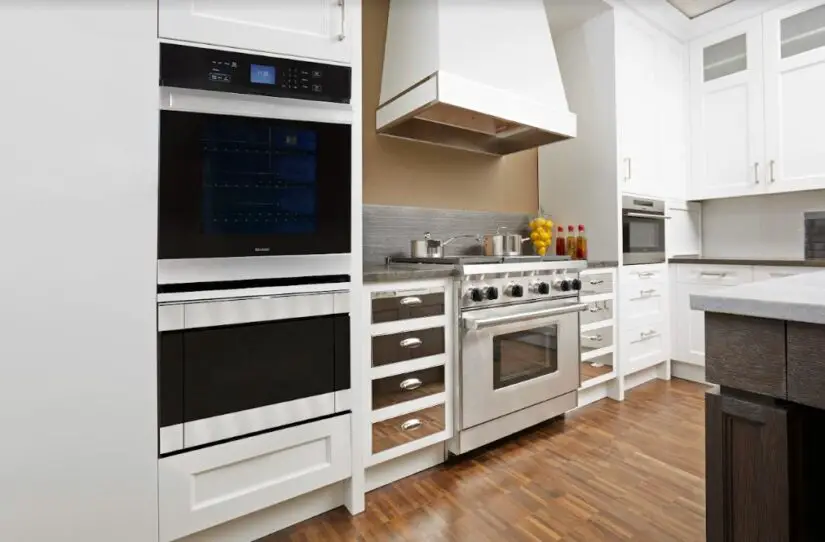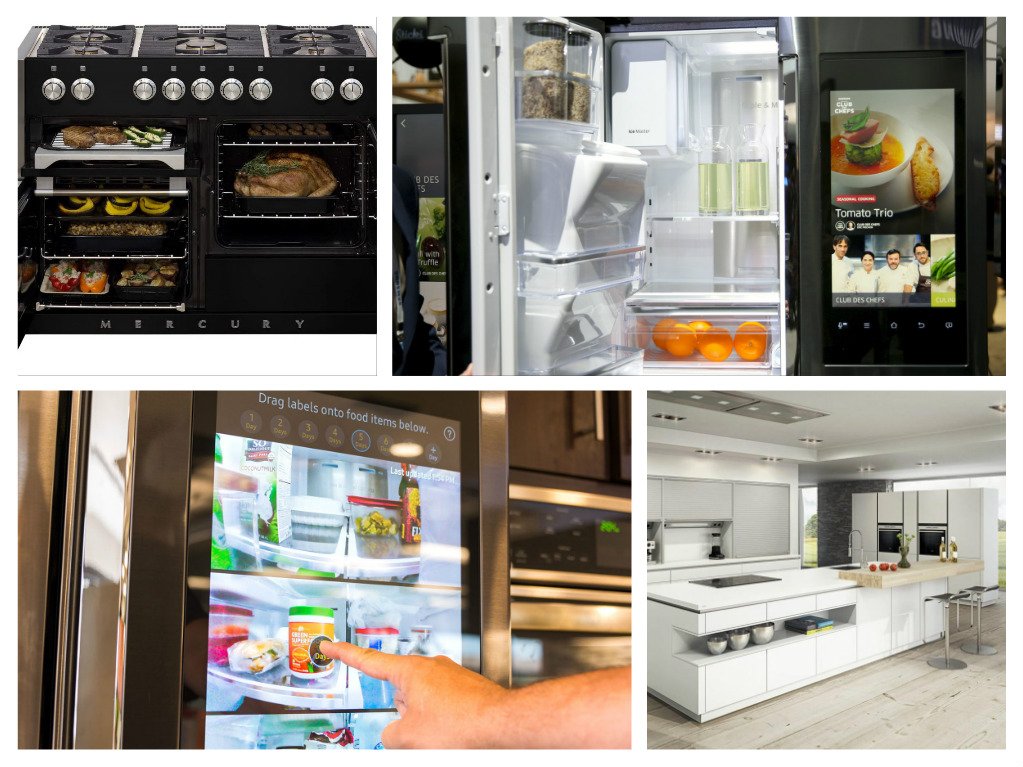When it comes to designing and equipping a kitchen, one of the common dilemmas that many homeowners face is whether or not to include a microwave. While microwaves have been a staple appliance in kitchens for decades, the rise of alternative cooking methods and evolving kitchen design trends have sparked a debate about their necessity. In this blog post, we will delve into the pros and cons of having a microwave in your kitchen and explore its relevance in contemporary kitchen design.
Convenience vs. Cooking Habits: Assessing Your Needs
Incorporating a microwave into your kitchen design should primarily depend on your lifestyle and cooking habits. Consider the following factors when evaluating its convenience:
Time-Saving Benefits
Microwaves are renowned for their ability to quickly reheat leftovers, defrost frozen foods, and prepare instant meals. If you have a busy schedule or frequently rely on pre-packaged or frozen foods, a microwave can significantly streamline your cooking process.
Alternative Cooking Methods
On the other hand, some individuals prefer alternative cooking methods, such as using stovetops, ovens, or air fryers, to prepare meals. If you enjoy the traditional cooking process and rarely depend on microwave functionalities, you may question the need for a microwave in your kitchen.
Space Considerations and Kitchen Design
Optimizing Kitchen Counter Space
One crucial aspect to evaluate while designing your kitchen is the available counter space. Microwaves can occupy a significant amount of valuable countertop real estate, especially in smaller kitchens. However, various design options cater to space-saving solutions, such as built-in or over-the-range microwaves, which can be integrated seamlessly into your kitchen cabinetry and maximize counter space.
Visual Appeal
Kitchen design encompasses both functionality and aesthetics. If you prioritize a clean, minimalist look, eliminating a standalone microwave can contribute to a sleeker, streamlined appearance. By opting for built-in or hidden microwave solutions, you can maintain the desired visual harmony in your kitchen while preserving the appliance’s practicality.
The Microwave’s Versatility and Future Kitchen Trends
Multi-Purpose Cooking
While microwaves are traditionally associated with reheating and defrosting, modern models offer versatile cooking features. Some microwaves come with convection capabilities, combining microwave cooking with baking and grilling functionalities. These multi-purpose microwaves can be valuable additions to small kitchens or as supplementary cooking options in larger kitchens.
Smart Home Integration
With the advent of smart home technology, kitchen appliances are evolving to provide more convenience and connectivity. Smart microwaves can be controlled remotely via smartphone apps, allowing you to monitor and adjust cooking settings even when you’re not in the kitchen. Integration with virtual assistants, such as Alexa or Google Assistant, enables voice-activated commands for a truly futuristic cooking experience.
Conclusion
Ultimately, the decision of whether or not to include a microwave in your kitchen hinges on your personal needs, cooking habits, available space, and design preferences. While microwaves continue to offer time-saving benefits and technological advancements, alternative cooking methods and changing kitchen design trends present viable alternatives. By carefully assessing your requirements and considering the evolving landscape of kitchen design, you can make an informed decision that suits your lifestyle and creates a functional, visually appealing space.






